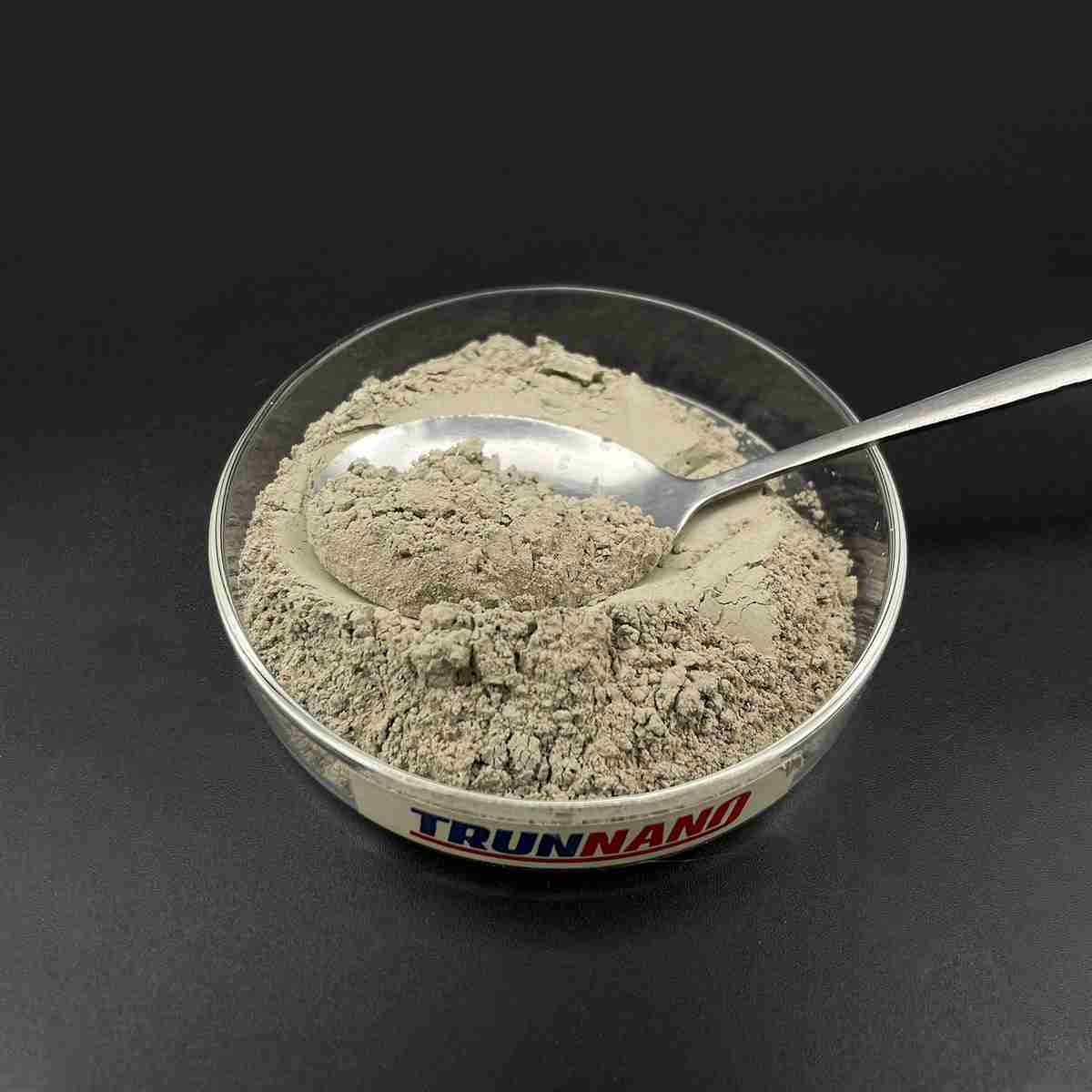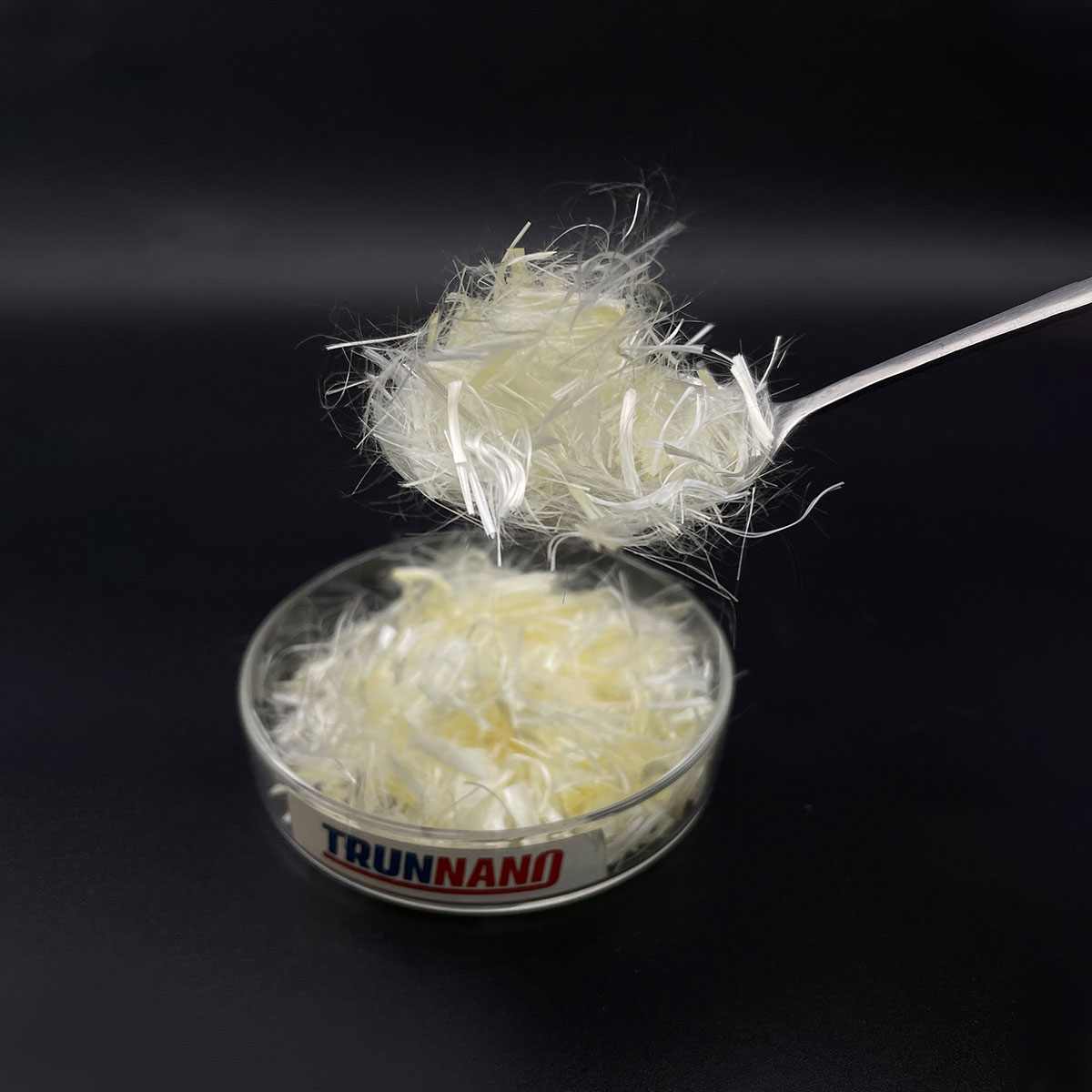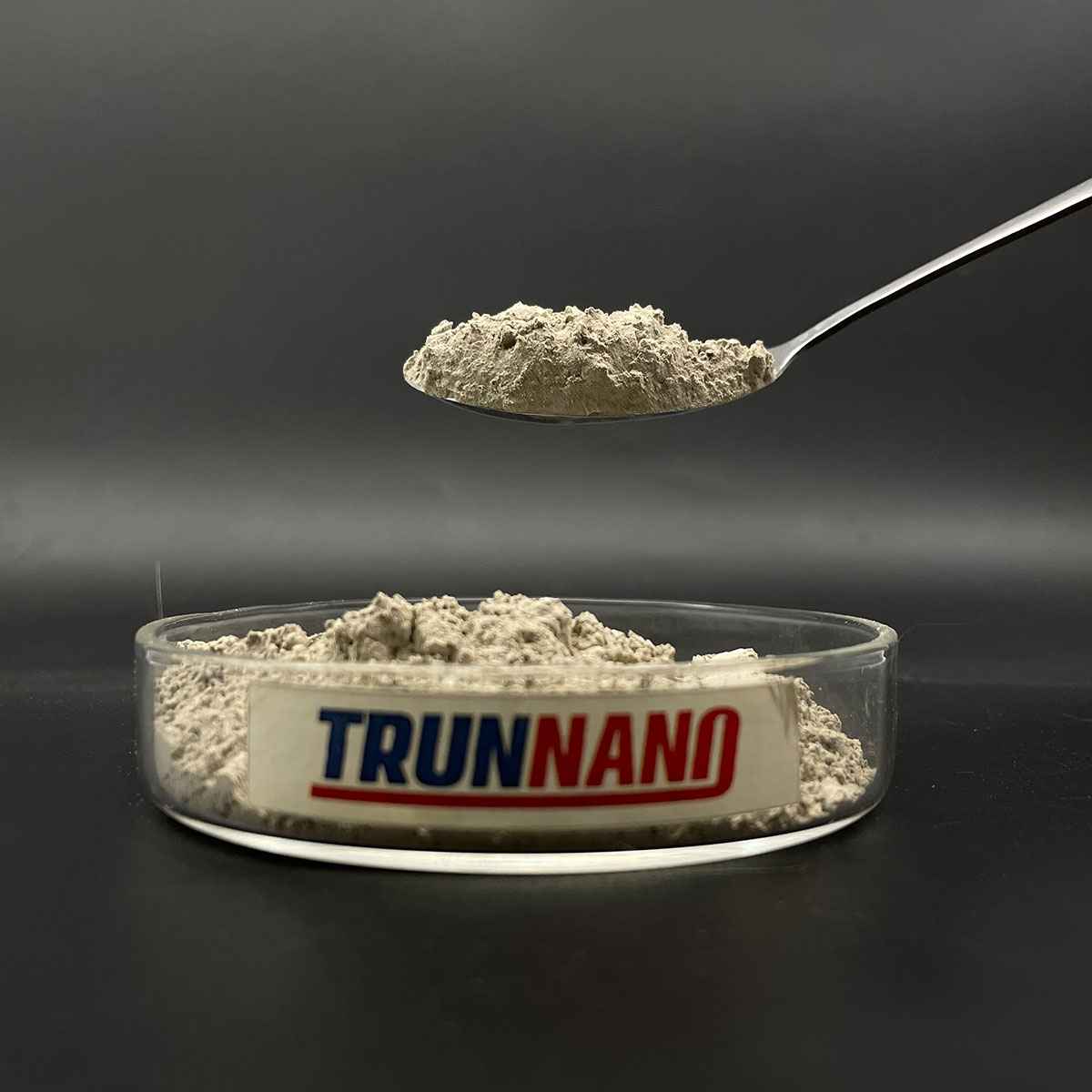Overview of CAS 12002-99-2 High Purity Ag2Te Powder Silver Telluride Powder
Telluride and selenide compounds play a significant role in the field of semiconductors, particularly in the development of advanced electronic and optoelectronic devices. These materials belong to the chalcogenide family, characterized by their ability to form compounds with elements from groups IV-VI in the periodic table.
Tellurides: Compounds containing tellurium (Te) as the chalcogen. Examples include cadmium telluride (CdTe), mercury telluride (HgTe), and zinc telluride (ZnTe). These materials have found applications in solar cells, infrared detectors, and high-speed electronics due to their tunable bandgap, high electron mobility, and good thermal stability.
Selenides: Similar to tellurides, but with selenium (Se) replacing tellurium. Notable examples are cadmium selenide (CdSe), gallium selenide (GaSe), and zinc selenide (ZnSe). Selenide compounds are widely used in light-emitting diodes (LEDs), laser diodes, and solar cells due to their direct bandgap properties and efficient light absorption/emission capabilities.
Feature of CAS 12002-99-2 High Purity Ag2Te Powder Silver Telluride Powder
Direct Bandgap: Many telluride and selenide semiconductors have direct bandgaps, which facilitate efficient light emission and absorption processes. This makes them suitable for optoelectronic applications such as LEDs and lasers.
Tunable Bandgap: The bandgap of these materials can be adjusted by alloying or altering the composition (e.g., CdSe to CdTe), enabling customization for specific device requirements across a wide spectrum of wavelengths.
High Electron Mobility: Materials like HgCdTe exhibit high electron mobility, which is crucial for high-speed electronic devices and low-noise detector applications.
Thermal Stability: Some tellurides and selenides, like ZnTe and ZnSe, demonstrate good thermal stability, making them suitable for high-temperature operation and processing.
Non-Toxic Alternatives: With increasing environmental concerns, there’s a push towards exploring less toxic alternatives to commonly used semiconductors. For instance, Cd-based tellurides and selenides are being replaced or combined with less toxic elements like Mg or Mn in some applications.

(CAS 12002-99-2 High Purity Ag2Te Powder Silver Telluride Powder)
Parameters of CAS 12002-99-2 High Purity Ag2Te Powder Silver Telluride Powder
Ag2Te, also known as silver telluride, is a compound with the chemical formula Ag2Te, where silver (Ag) and tellurium (Te) combine in a 2:1 stoichiometric ratio. It is an important material in various scientific and industrial applications due to its unique properties.
Silver telluride is a semiconductor with a silver-gray appearance, typically presented as a fine powder form, CAS number 12002-99-2. This high purity form of Ag2Te, often referred to as “High Purity Ag2Te Powder,” ensures a high degree of crystallinity and minimal impurities, making it suitable for demanding applications that require precise electronic properties.
One of its most notable characteristics is its low temperature coefficient of resistance, which makes it useful in temperature-sensitive devices like thermistors and infrared sensors. Its electrical conductivity can be tailored by varying the composition or processing conditions, making it adaptable to different electronic circuits and devices.
Ag2Te is also employed in photovoltaic technology, particularly in thin-film solar cells, where it acts as a transparent conducting oxide (TCO). Its transparency in the visible spectrum combined with its low resistivity helps enhance the efficiency of solar cells by enabling better light absorption and charge transport.
In the field of optoelectronics, Ag2Te exhibits strong photoresponse and can be used as a light-emitting material, particularly in infrared wavelengths. This property finds applications in infrared detectors, night vision devices, and optical communication systems.
Another interesting aspect of Ag2Te is its potential use in thermoelectric materials. Due to its Seebeck effect, it can convert temperature differences into electrical voltage, making it a candidate for waste heat recovery and energy conversion devices.
In addition to these technological applications, Ag2Te has some intriguing properties from a fundamental science perspective. Its crystal structure, belonging to the rocksalt type, consists of silver ions surrounded by tellurium ions, forming a face-centered cubic lattice. This structure contributes to its unique electronic bandgap, which influences its optical and electronic behavior.
However, the synthesis of high purity Ag2Te powder can be challenging, as tellurium is a rare and toxic element. It is often prepared through methods like precipitation, vapor deposition, or solid-state reactions, requiring careful control over reaction conditions to achieve the desired purity.
In summary, Ag2Te, with its CAS number 12002-99-2, is a versatile material with applications ranging from thermoelectrics to optoelectronics and solar energy conversion. Its high purity form, suitable for various industries, is a result of its unique combination of properties derived from its chemical structure and the ability to manipulate its performance through controlled processing techniques. As research continues to uncover new possibilities, silver telluride’s potential for innovation remains significant.

(CAS 12002-99-2 High Purity Ag2Te Powder Silver Telluride Powder)
FAQ of Semiconductor Materials
Inquiry us






